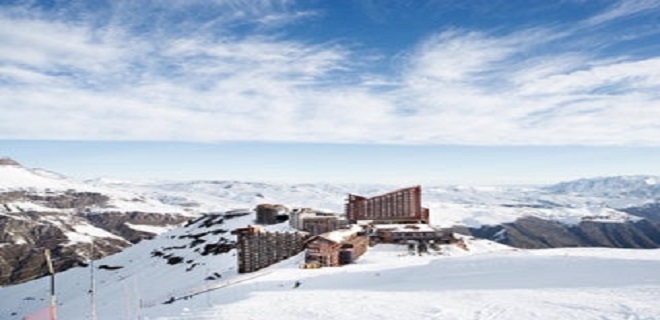The sun is always up, even in the middle of the night in Antarctica during the summer. The photo on the left is Antarctica during the night in the summer. The photo on the right is of Antarctica during the day in summer. Similarly, in the winter Antarctica is mostly dark all day. Different parts of the Earth’s surface receive different amounts of sunlight. You can see this in the Figure below.
The sun’s rays strike Earth’s surface most directly at the equator. This focuses the rays on a small area. Near the poles, the sun’s rays strike the surface at a slant. This spreads the rays over a wide area. The more focused the rays are, the more energy an area receives and the warmer it is. Another way to word this is that towards the poles there is a greater amount of area that receives that same amount of sunlight
Near the poles, the sun’s rays always strike the ground at an angle. Near the Equator, the rays are more perpendicular. In this diagram, what season is it in Utah? The difference in solar energy received at different latitudes drives atmospheric circulation.
Conclusion:
Places that get more solar energy have more heat. Places that get less solar energy have less heat. Warm air rises and cool air sinks. These principles mean that air moves around the planet. The heat moves around the globe in certain ways. This determines the way the atmosphere moves
 TECHGUIDANCES
TECHGUIDANCES




